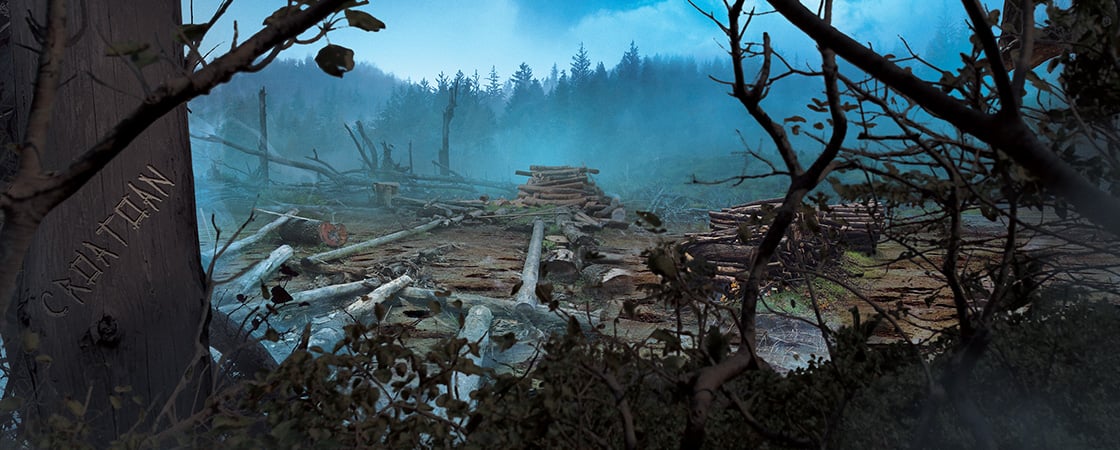It was July 1587. Ten-year-old Robert Ellis could hardly believe it. He and his dad were finally here: America! Back home in England, most people had only heard stories about this dazzling land.
Golden beaches sat next to glittering water. Trees stretched as far as the eye could see. Robert had come to Roanoke. It was a tiny island off the coast of a land the English called Virginia. (Today it’s part of North Carolina.)
Robert, his dad, and about 115 other people had come here for an important mission: to start a colony. They would build a village. They would set up farms. And they would look for treasures to send back home to England—furs, fruit, spices, and maybe even gold.
But if somebody had told Robert what would soon happen on Roanoke, he might have sailed back home. Why? Within three years, Robert and the other colonists would disappear . . . forever!
It was July 1587. Robert Ellis was 10 years old. He couldn’t believe it. He and his dad had come from England to America! Most people there had only heard stories about this amazing land.
Golden beaches sat next to bright water. Trees stretched as far as the eye could see. Robert had come to Roanoke. It was a tiny island. It was off the coast of a land the English called Virginia. (Today it’s part of North Carolina.)
Robert, his dad, and about 115 other people had come here. They were on an important mission. It was to start a colony. They would build a village. They would set up farms. And they would look for treasures to send back to England, like furs, fruit, spices, and maybe even gold.
But if somebody had told Robert what would happen on Roanoke, he might have left. Why? The colonists would soon disappear . . . forever!
It was July 1587. Robert Ellis and his dad had just sailed from England to America. They had come to a tiny island called Roanoke. (Today it’s part of North Carolina.) Robert, his dad, and about 115 other people were on a mission. They wanted to start a colony. They would build a village and look for treasures.
But Robert and the other colonists would soon disappear . . . forever!

